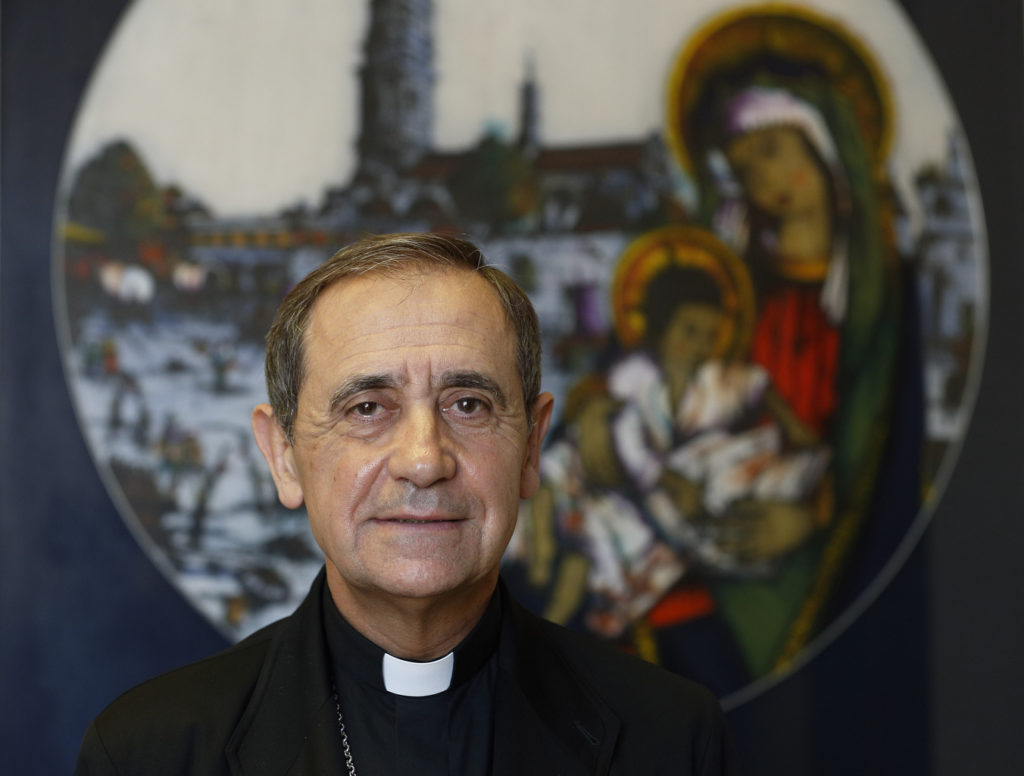The motu proprio Vos estis lux mundi is the result of the meeting on the protection of minors in the Church held last February at the Vatican, in which the Presidents of the Episcopal Conferences of the world participated. It is a pontifical law of universal scope, valid for the Latin Church and for the Eastern Churches. sui iuriswhich imposes obligations for the collection, transmission and initial evaluation of news about potentially criminal acts against minors. It is a text of a procedural nature, which does not create new canonical offenses, but opens safe ways to signal this type of information and to be able to verify them with agility.
Title I of the motu proprio: 1° identifies the subjects bound by the law (which are clerics and religious men and women throughout the world), 2° identifies four conducts that primarily motivate the initiative and must be the object of denunciation (sexual abuse with violence or threats, abuse of minors, pedopornography, and cover-up in these matters by ecclesiastical authorities), 3° determines the obligation of clerics and religious to manifest any news they have of these acts, 4° prescribes the creation in each diocese of instruments to receive and transmit this information and to pass it on to the authority that must investigate (the Ordinary of the place where the facts took place), and 5° gives rules to protect the person who made the report (he cannot be required to keep secret nor can he be the object of discrimination) and the persons who claim to have been offended, who must be helped from the beginning.
The norm, therefore, affects all clerics and religious of the Catholic Church and, consequently, goes beyond those subjects bound by the delicta graviora delineated in Sacramentorum sanctitatis tutelawhich only affects clergymen.
Title II establishes how to handle information of this type concerning Bishops or the ecclesiastics indicated in the text, for acts or omissions while they occupied government positions.
In this case the law tries to overcome the problem of distance, because the Church has its Head in Rome, but it is present in the five continents and its 3,500 dioceses are in almost 200 countries. While the other clerics depend on the respective diocesan Bishop of the place, who has the power to investigate and punish their conduct, the jurisdiction over the Bishops belongs to the Holy See, and only the Pope can judge them in criminal cases, as established in canon 1405 of the Code of Canon Law.
For these cases, the new rules establish measures that guarantee the reliable communication of information, the carrying out of verifications and assessments close to the places where the events took place, as well as a verified or shared management of the news by the authorities concerned.
Except in special cases, the indications concerning Bishops and assimilated persons are to be addressed to the metropolitan Archbishop of the ecclesiastical province where the person indicated has his domicile. Canon 436, §1, 1° of the Code assigns to the Archbishop the duty of "to see to it [in the ecclesiastical province] that the faith and ecclesiastical discipline are diligently preserved, and to inform the Roman Pontiff of abuses, if any.". The first step to be taken by the Metropolitan Archbishop will be to ask the Holy See - always through the Pontifical Representative - for authorization to initiate the inquiries, and the Holy See must respond within 30 days.
Although the Metropolitan Archbishop is directly responsible for the investigations, he may avail himself of the cooperation of suitable persons to assist and advise him, including qualified and suitable lay faithful, according to the norms of each Episcopal Conference.
The inquiries must be concluded within 90 days. During this time, the Metropolitan Archbishop must report each month to the Holy See and, if necessary, request the adoption of preventive measures with regard to the person under investigation. At the conclusion of the proceedings, he sends the entire documentation to the Dicastery together with his conclusive opinion. From there the Dicastery will establish the way to proceed according to canon law.
Secretary of the Pontifical Council for Legislative Texts









